I’m amazed at how the Roman Aqueducts completely changed lives. Imagine a time when running water wasn’t just a turn of a faucet away. Ancient Rome turned this dream into a reality over 2,000 years ago.
The Roman Empire, a civilization known for its military and cultural influence, was also a master of this civil engineering. Aqueducts, those magnificent structures that carried water over long distances, were the answer to their efficient water supply system.
This post contains affiliate links that help keep this website running. By purchasing through our links, we make a small commission at no extra charge to you. Thank you for your support!
Let’s take a closer look at these ancient wonders and explore a few iconic examples that you can still visit today!
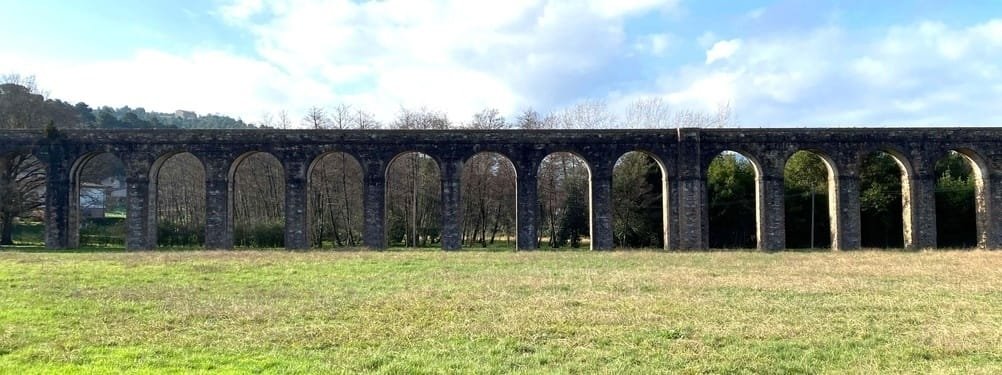
What Made Roman Aqueducts So Brilliant?
Roman engineers were true visionaries. They understood the principles of gravity and used them to their advantage. Aqueducts were essentially elevated channels that carried water from distant springs and rivers to the city. The water flowed downhill, propelled by gravity alone.
To maintain a consistent flow, Roman engineers employed a clever technique: they used the natural contours of the landscape. They would build bridges, tunnels, and siphons to overcome obstacles like valleys and hills. The result was a network of intricate waterways that crisscrossed the Roman Empire. The water flowed steadily over hundreds of miles.
These Roman aqueducts were built from stone, brick, and a durable Roman concrete called “opus caementicium.” These structures and towering arches have stood the test of time.
A Guidebook but not in the Traditional Sense
Embark on an Italian adventure. Dive into the rich tapestry of each town, with insights into what to see, festivals and traditions, how to get there, plus the local food and wine you’ll enjoy—separate chapters on the seasons, national holidays, and an extensive rail travel section. Let us be your guide to these Tuscan towns!

Four Major Aqueducts You Can Visit Today
Here are four ancient aqueducts you can explore on your next trip to Italy, France, and Spain:
- Built in 52 AD, the Aqua Claudia is spectacular. This aqueduct supplied water to the capital for centuries and forms part of the impressive arches visible at the Parco degli Acquedotti. Located on the outskirts of Rome, this peaceful park is an open-air museum of aqueduct history. Pack a picnic, and enjoy the juxtaposition of ancient arches and modern city life.
- The Aqua Appia, Rome’s first aqueduct, was completed in 312 BC. While much of it lies underground, parts of it can be seen along the Via Appia Antica, one of Rome’s oldest roads. Walking here feels like stepping back in time. Imagine Roman citizens marveling at their city’s transformation into a water-powered metropolis. We’ve yet to explore the Appia Way, but plan to one day in the near future.
And Two Not in Italy…
- The Pont du Gard in southern France is a jaw-dropping masterpiece. At nearly 50 meters tall, this triple-tiered aqueduct is one of the best-preserved Roman structures outside Italy. Once part of a system delivering water to Nîmes, it’s now a UNESCO World Heritage site.
- The Segovia Aqueduct located in Segovia, Spain, is one of the best-preserved Roman aqueducts in the world. Its graceful arches stretch across the city, a testament to Roman ingenuity.
Aqueduct in Lucca
These aqueducts run throughout the country and can even be spotted off the autostrada. We have a 19th century aqueduct in Lucca named, Nottolini Aqueduct. Designed by Lorenzo Nottolini, this landmark stretches for more than three kilometers (more than 1.8 miles) south of Lucca’s historic center. Again though – this one is not Roman.
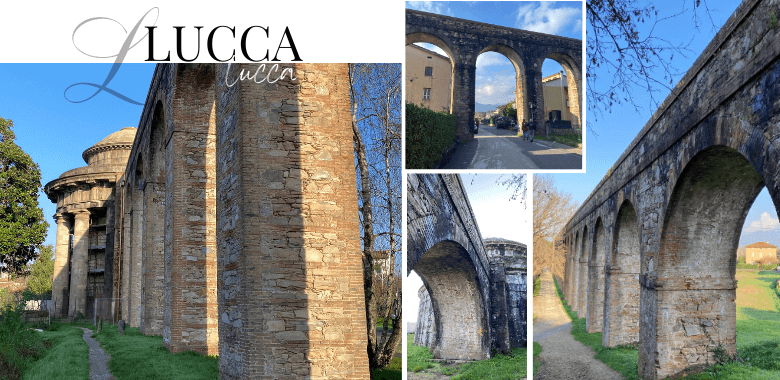
It was started in 1823 and completed in 1851. Most of this aqueduct is located in Capannori. It is a straight line of 459 stone archs that are about 40 feet high. Some of the archs were torn down to allow for the construction of the highway in the 20th century.
The aqueduct crosses Lucca and takes water from 18 different springs in Guamo, at the foot of Monte Pisano, to the little temple cistern in San Concordio. This circular building was built in the neoclassical and doric style.
Why Do They Still Matter?
These aqueducts are more than just stones and arches; they symbolize the innovation and ambition of the Roman Empire. They show how ancient engineers tackled monumental challenges. And let’s not forget that aqueducts weren’t just functional; they were about being social. Fountains became gathering spots, and communal baths were places to relax. Romans ensured public access to clean water—something I think we still strive for globally.

Roman aqueducts transported over 300 million gallons of water daily. That’s enough to fill nearly 500 Olympic-sized swimming pools!
In Conclusion
The legacy of Roman aqueducts continues to inspire engineers and architects today. Their design principles and construction techniques are still relevant, and their impact on the development of cities and civilizations is still undeniable.
So, the next time you turn on your faucet, take a moment to appreciate the ancient Romans and their remarkable engineering feats. They brought water to the masses, and their ingenuity continues to flow through history.



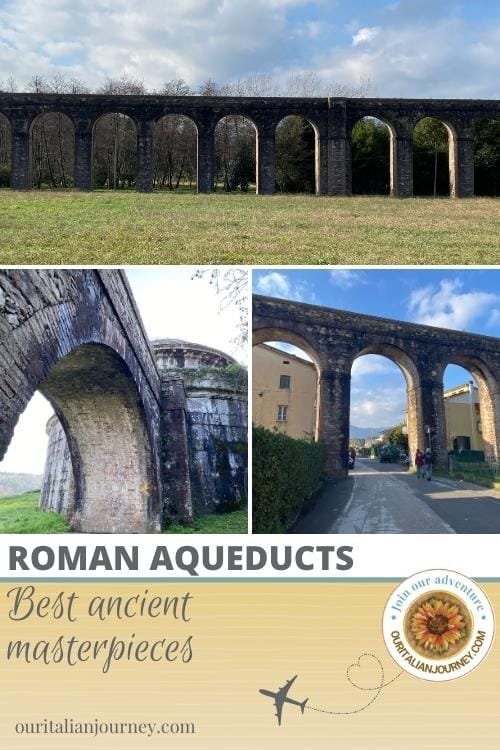

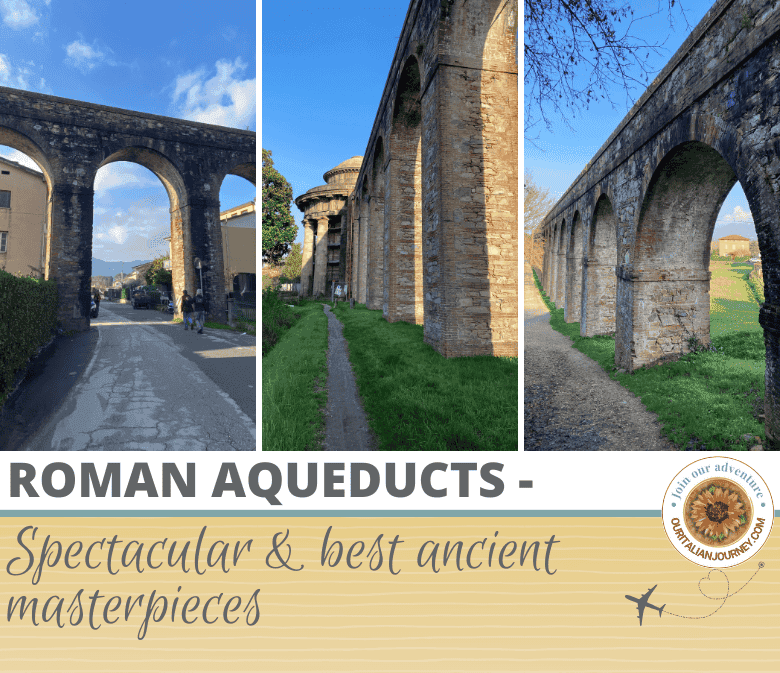


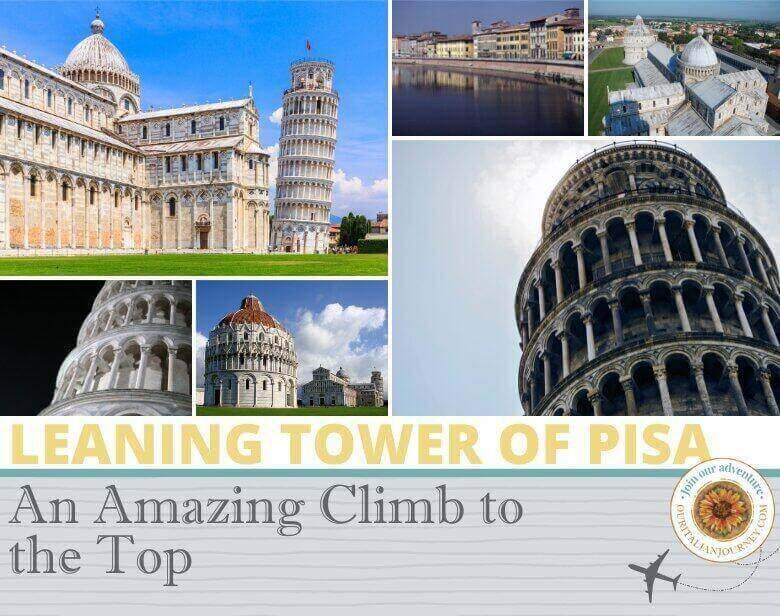
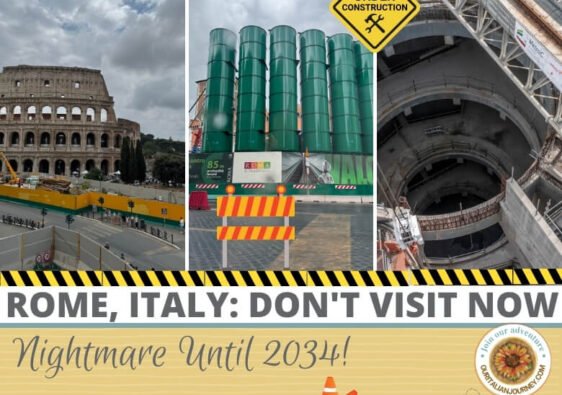
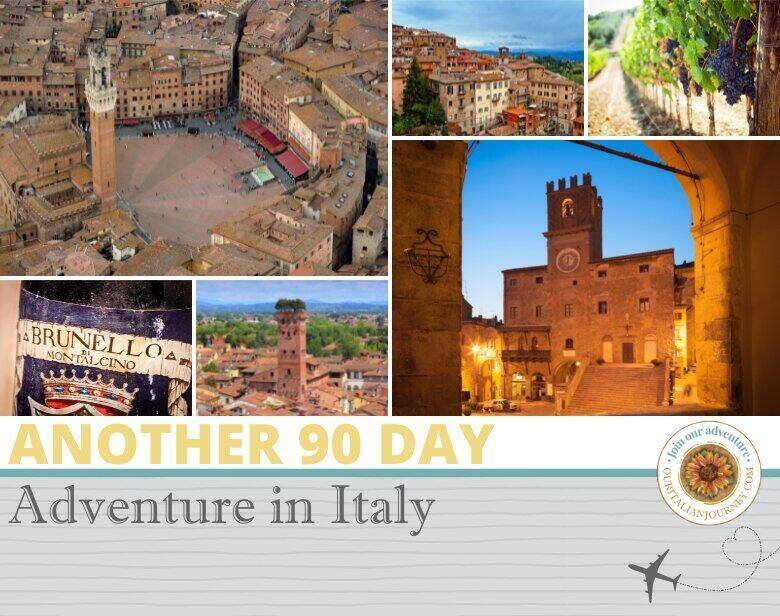
Thanks for the primer on aquadcuts! I want to visit the one in Lucca one day. I think it would be a wonderful little hike from inside the walls to the cistern at San Concordia.
The one in Lucca is not Roman but a beautiful, easy, flat hike. Thanks, Angelo! You’re a great supporter of our journey. We appreciate comments on all posts.
I’ve read that the aqueducts are what truly enabled the Roman Empire to rapidly grow and become so successful as the moving water was healthier, reduced disease exponentially, and elevated the status of the Empire as they built more and more aqueducts beyond Rome. Conversely, leading up to the fall of the Roman Empire, several attackers found that destroying portions of aqueducts assisted them in their sacking of Rome and other parts of the Empire. Wonderful post! We so enjoyed exploring the Nottolini Aqueduct from many different perspectives while we were in and about Lucca for an extended period of time. We even got to see the area where a part was removed for the construction of the Autostrada during one of our many road trips.
Thank you so much, Tom, for the added information! I read that also. They are quite amazing and always bring a smile to my face when we pass one.